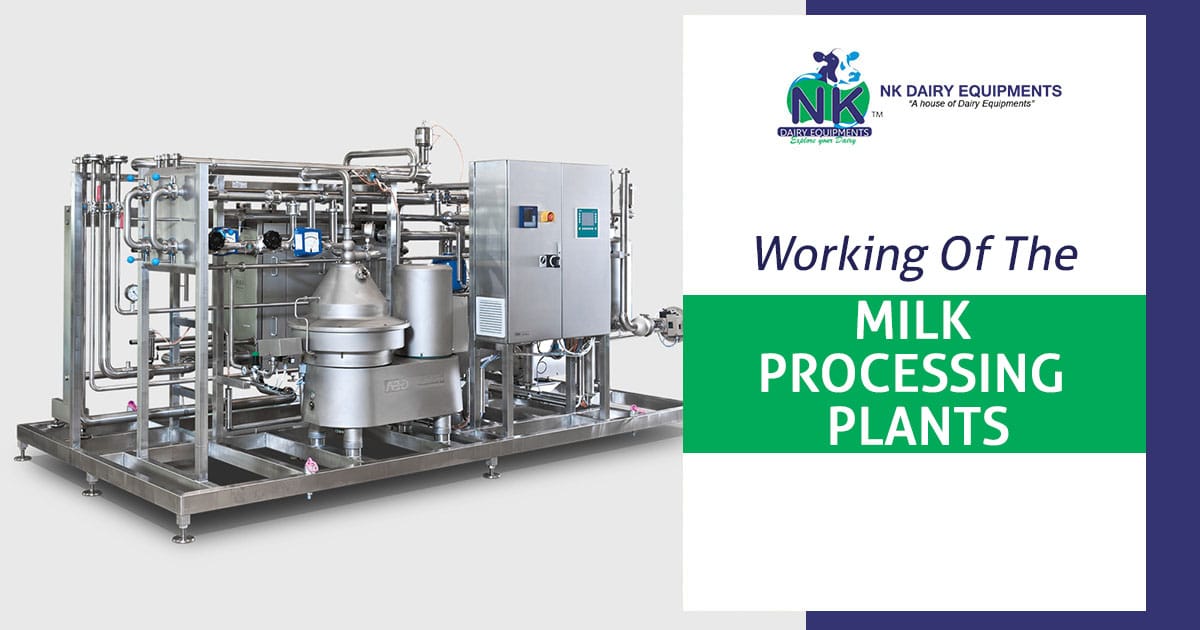The milk plant is a site, where milk is obtained, refined, preserved, pasteurized, packed, and prepared for distribution. It must have permission for the milk processing facility. A milk processing plant can choose to process milk and milk products under this license. You will find several dairy plants across the world.
Milk is one of the most important drinks which people from all over the world consume. There are a variety of milk production plants that have been set up to provide for customers’ needs. These have served well to accentuate both the efficiency of milk production and the quantity.
Why Milk processing?
Milk collected in containers and bottles goes through a number of processes until it is appropriate for usage. Many of these operations are carried out at the manufacturing plants. It is then packed in the bags for sale into the target markets and distributed.
You may categorize the entire cycle into various phases.
Collection of milk
Initially, milk is collected from cattle in large farms, and then collected milk is tested for purity as well as consistency. It will then be shipped to the plants where it will be moved to large tanks. Then, the milk is isolated or performs a separation process for clarified milk. This is necessary to make it safe for consumption, also it is important to remove bacteria and other pollutants from the milk. After this phase, complete cream milk and toned milk are then processed again for clarification.
Segregation
The segregation cycle is accompanied by the addition of fortified minerals and vitamins to the milk. The substance is then primed for pasteurization.
Pasteurization
The milk is heated at extremely high temperatures throughout the pasteurization process, and then quickly cooled to remove bacteria.
Homogenization
After that homogenization is performed at the pasteurized milk to remove the fat content. Homogenization is also necessary because it helps remove fat particles in the food and produce quality milk to consume or make other dairy products. There are many forms of milk items made very readily accessible in both online and offline markets.
Packaging
After all the processes, the milk is packaged into bottles or sealed bags to sell in the consumer markets. Almost every sealed bag or bottle has dates of shelf life and expiry. Milk goods come in various forms based on the degree of fat in them. Any such items may also be ordered from online retailers.
Delivery
Once packaging is done, milk, as well as milk products, are delivered to other places, so that people can consume them. These products are delivered by a storage van that has a fridge in it to protect it from spoiling.




